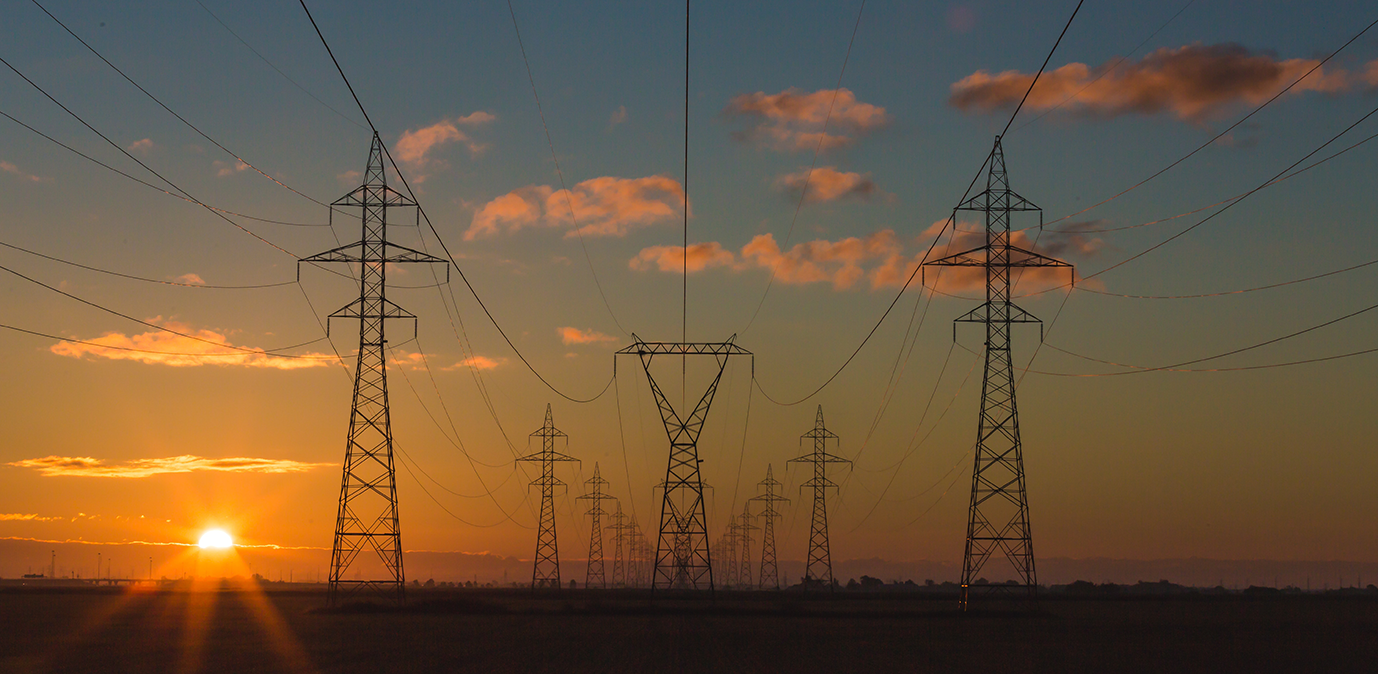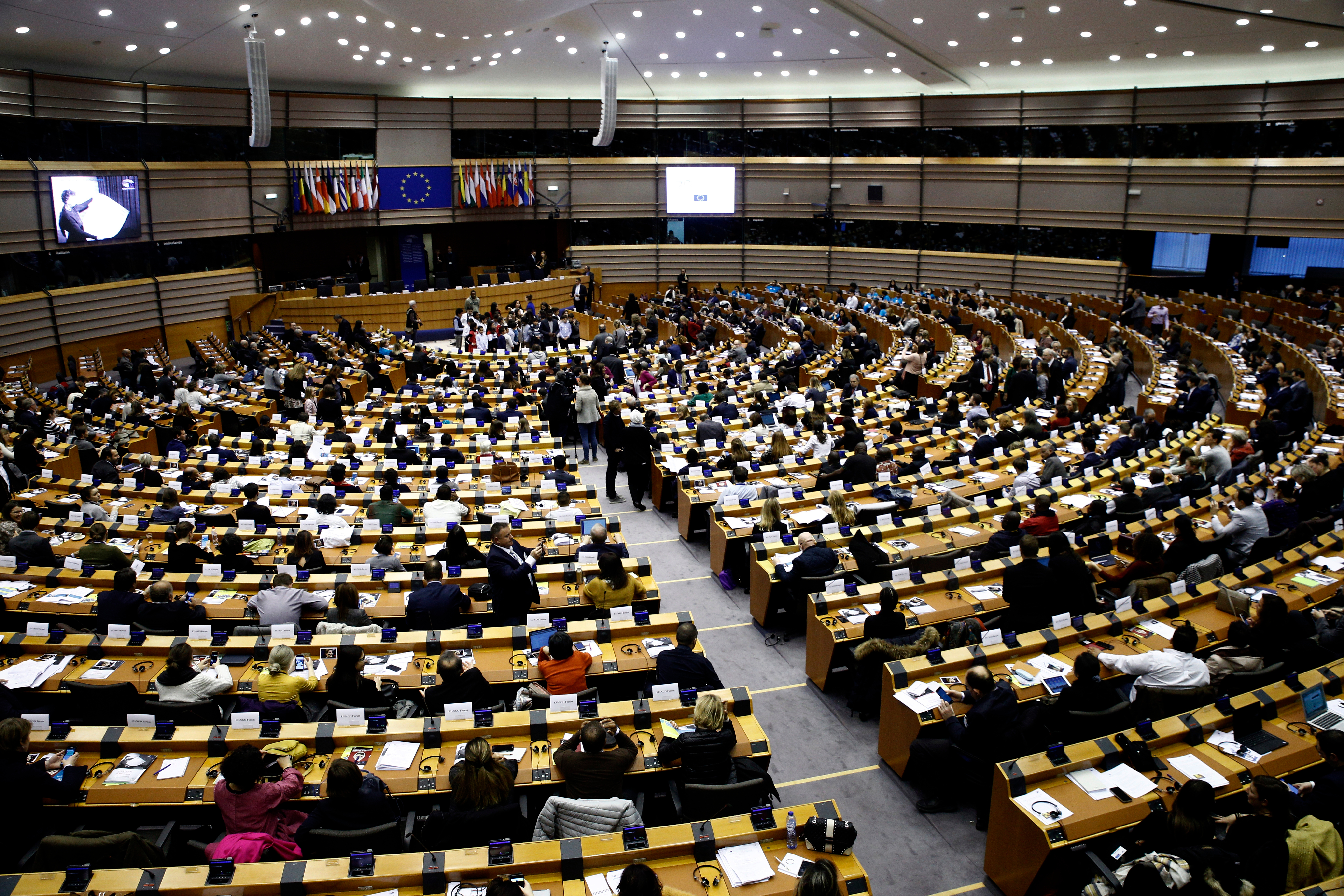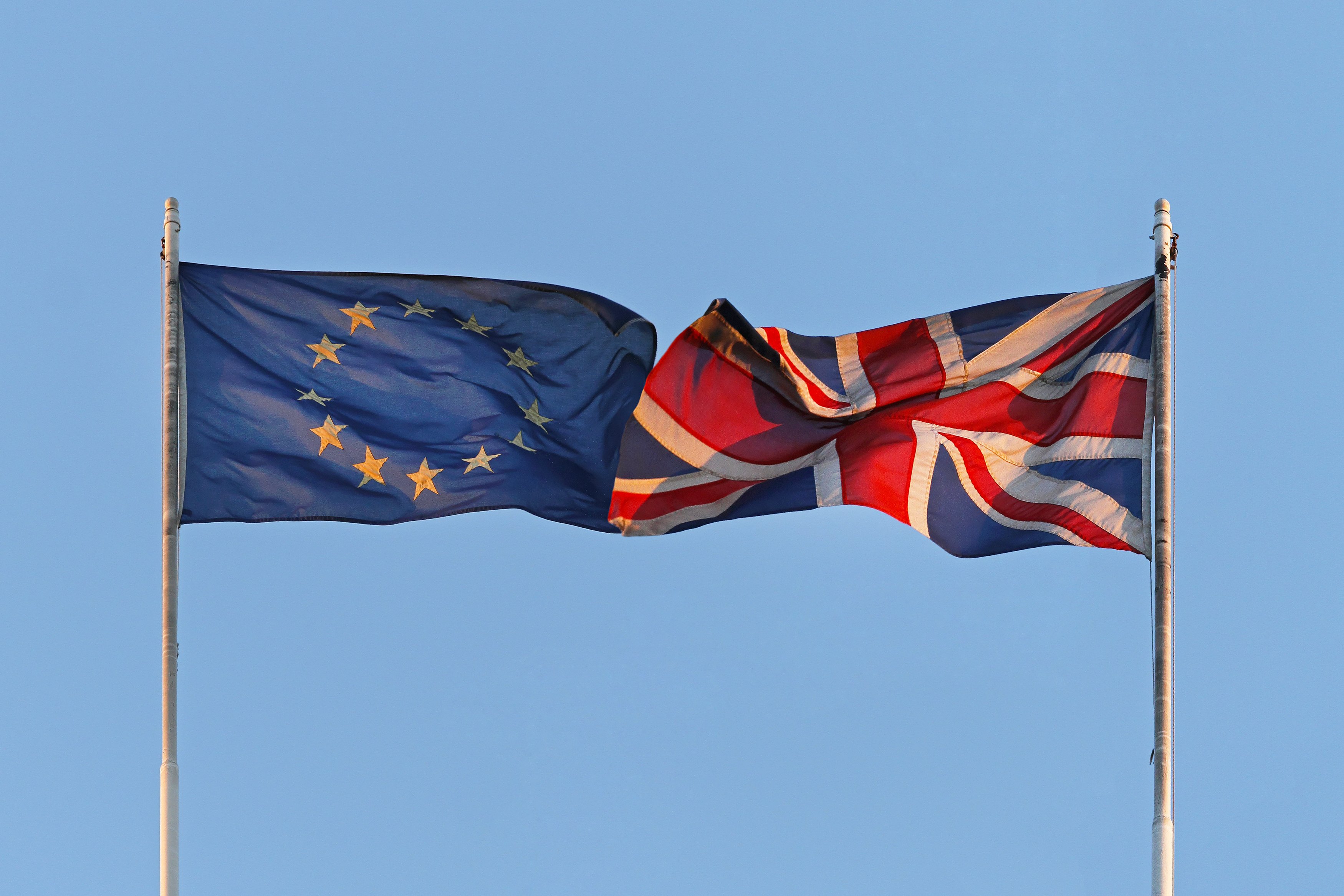17 for ’17: Climate and energy policy issues to track in 2017
by Inline Policy on 16 Jan 2017
The energy sector – driven by climate policies and regulation and the technology revolution – is undergoing a transformation. As Fatih Birol, the IEA's Executive Director, said in introducing the IEA’s annual World Energy Outlook in November 2017: “…there is no single story about the future of global energy…”
Here‘s what to look out for in 2017 on climate and energy from the UK, the EU and internationally.
UK
1. Since the May administration took over in June 2016, Ministers and the newly-constituted Dept for Business, Energy and Industrial Strategy (BEIS) have been telling the business and investment community they need to be patient in waiting for the Government’s Emissions Reduction Plan, essentially the delivery plan for making good on the UK’s Fifth Carbon Budget targets for 2027-2032 (which was enshrined in law during the dying embers of David Cameron’s premiership). BEIS Secretary of State Greg Clark indicated in a pre-Christmas select committee hearing that the plan should be published by the end of February (although Climate Change Minister Nick Hurd has since spoken of end-Q1). In particular the Government will need to say how it plans to tackle emissions reduction in the heat (industry and buildings) and transport sectors, and what it proposes to do on energy efficiency.
2. Overshadowing all aspects of British Government policy hangs Brexit. This applies as much to climate and energy as to everything else, but it remains an open question whether energy policy will become one of the UK Government’s (or, for that matter, the EU’s) priority sectors. The Brexit negotiations, as they begin, should tell us more on this point. The CBI report on business Brexit priorities published just before Christmas clearly summarized the issues that matter most to the energy industry. The risk is that energy becomes one of the trade-off issues, posing sizeable questions about the continuity of policy and regulation post-EU exit.
3. The Government has been a consistent infringer of clean air limits set by EU legislation; so much that it has been forced, in a case brought by the environmental lawyers ClientEarth, to produce an air quality plan for the UK by July. Mayor Sadiq Khan has promised action in London, but other big British cities have their problems too. A national approach on transport emissions would not only help meet clean air and climate change targets, but could have major health benefits too.
4. The first National Climate Change Risk Assessment for four years will be published and should help shed some light on how climate sits on the May government agenda – Ministers across government have said little on the subject so far.
5. BEIS - combining the old DTI business functions with energy policy and a strengthened approach towards a coherent industrial strategy – has the potential to be the serious Whitehall player that DECC could never manage to be. The industrial strategy promised by the end of January should be the first proper indicator of whether BEIS can fulfil that potential.
Europe
6. There are crucial national elections in Germany and France this year. Both are likely to see challenges from the extreme right; and if Le Pen emerges victorious in France and the AfD do well in Germany, amongst other things, climate and clean energy ambition in Europe will take a big hit. The French National Front harbour climate sceptics among their ranks; the AfD would like to push back on Merkel’s Energiewende and have questioned climate science.
7. There is a discernable east/west split in Europe on climate ambition, and this is particularly conspicuous when it comes to the EU Emissions Trading System (ETS). Proposals to reform Phase IV of the ETS, dealing with the post-2020 period, are now the source of intensive debate in both the Parliament and the Council of Member States. Strong action is sorely needed to generate a meaningful European carbon price and, while technical changes relating to the Market Stability Reserve and the New Entrants Reserve, may well be passed, the more sweeping changes required (tightening the cap, cancelling excess allowances) to raise the EU’s level of ambition will probably be a step too far for Poland and its eastern European allies – unless they can secure very substantial trade-offs.
8. The recent Winter Package of 2030 proposals published by the European Commission was light on the transport sector. Automotive emissions will apparently be covered in a follow-up proposal, and the Commission and the EU have a lot of work to do here, amid concerns about the Commission’s continuing preference for the use of biofuels over clean electricity for automotive. The Effort Sharing Regulation (ESR) now subject to amendment in the Parliament and the Council Ministers will be a relevant determinant to how much the EU wants to do on transport emissions.
9. The Commission has also been playing catch-up on sustainable finance, eg its flagship Capital Markets Union initiative has to date disappointed for its lack of content on green finance. However, the establishment of a High-Level Group on Sustainable Finance, which will concentrate on incentivizing investment and addressing climate risk for the financial sector, has the potential to have a material impact in the European context. The Group is mandated to report to the Commission by the end of 2017.
10. There is still very much a sense that Europe, if it is to restore its global leadership on decarbonisation, has to do more on promoting renewables and clean energy. The Commission’s Winter Package has remained disappointing on this point, reflecting nervousness in Brussels in imposing national targets on member states for the 2020/30 period. But there will still be opportunities this year to make renewables a more prominent feature in the package of measures agreed, eg through the requirement of national plans. The Commission is due soon to assess the state of its Energy Union initiative, and it will be interesting to see how prominently renewables features.
11. There ought to be further pressure on European – or western European – coal in 2017. The Winter Package proposes to phase out coal subsidies which are delivered via capacity markets. The UK is now running its consultation on phasing out coal-fired power by 2025, following a 2016 when coal as a source of electricity collapsed nationwide (and completely disappeared in Scotland). Finland recently announced its plans to ban all coal usage by 2030. That said, Germany can be expected to remain cautious.
International
12. The Trump Factor, as the BBC’s Roger Harrabin entitled a recent piece on US climate policy under the new President. What will he and his climate-sceptic cabinet do to Obama’s new Clean Power Plan? Can Trump seriously try to revive the US coal industry, flouting economic and commercial sense? How much will that matter if the number of major US economic states, from California to New York, continue to take forward their own emissions reduction and clean energy programmes at state level? Will US business overall stay on the decarbonisation bus? 2017 will provide the answers.
13. Trump’s nuclear option at international level would be to remove the US from the UNFCCC. At a stroke this would absolve his government from its obligations under the Paris Agreement, and for good measure would provoke a crisis of the international climate process. It might be easier for the President to renege on the US’s Paris targets through benign neglect, but the grand gesture is more his style. This will be a key test of Trump’s climate policy. At last week's Congressional hearings, new Secretary of State Rex Tillerson suggested that it would not be in US interests to walk away from the table.
14. Any such move would come at a time when new leadership is installing itself at the UN. Antonio Guterres has only just succeeded Ban Ki-Moon as UN Secretary-General. Patricia Espinosa replaced Christiana Figueres as Executive Director of the UNFCCC six months ago and is probably still coming to terms with succeeding her influential and charismatic predecessor. A Trump-precipitated crisis would therefore come at a most unwelcome time.
15. A landmark development of the last 12 months has been the way that the Financial Stability Board (FSB), led by the Bank of England Governor Mark Carney, has put climate risk on the agenda of the financial sector. This resulted in the report in December from the FSB’s Climate Disclosure Taskforce, a body staffed with finance heavyweights and professionals. While stopping short of recommending regulation that would compel companies to disclose their climate change-related risks and their internal structures and processes for addressing these risks, the Taskforce’s recommendations on governance, strategy, risks management and metrics were generally well-received. The challenge for 2017 will be how those recommendations are taken forward so they become material.
16. In 2013 a number of Chinese provinces and cities introduced pilot carbon markets. 2017 will see a quantum leap forward as China launches a national carbon market, the biggest in the world. This single development will expand the scope of global greenhouse gas emissions covered by carbon markets from 9 to 16%. Administering this scheme over such a vast country and economic power will doubtless cause a raft of challenges from ensuring compliance and enforcement to the application of uniform rules for monitoring, reporting and verification (MRV). But the implications will be profound: symbolically; in practical terms in emissions mitigation; and as a game-changer for the take-up of carbon markets around the world. Not to mention Chinese leadership on climate.
17. 2016 increasingly looks like it was the tipping point for the renewables sector, with the costs of solar and wind deployment undercutting fossil fuel power in differing parts of the world. The favourable economics, progressive business approaches and the co-benefits (air quality, water consumption) will continue to drive a positive narrative for clean energy in 2017. But might decisive action on the other side of the ledger - fossil fuel subsidies – finally start to take root? These subsidies are estimated to be worth between $775 billion and $1 trillion (and that is without taking account of the external costs). China seems serious, and Germany’s G20 Presidency might provide the platform for meaningful reform on issues like coal financing.
Topics: European Politics, Energy policy








Comments